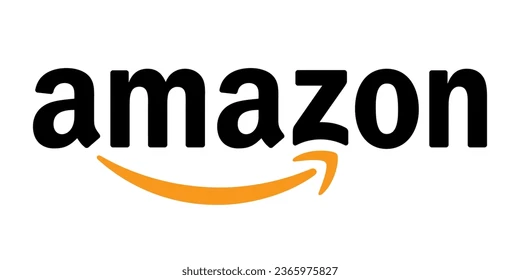
Amazon is not just a leading e-commerce platform for buyers; it also provides numerous opportunities for sellers and entrepreneurs looking to monetize their products and services. Whether you want to sell physical goods through Amazon Marketplace or publish content through Kindle Direct Publishing, this guide will help you navigate the entire process—from setting up your account to withdrawing your earnings.
Step 1: Decide on Your Selling Method
Before diving into Amazon, it’s essential to choose how you want to sell:
- Amazon Marketplace: This allows you to sell physical products directly to customers. You can choose between individual selling (pay-per-sale) or professional selling (monthly subscription fee).
- Amazon FBA (Fulfillment by Amazon): With FBA, Amazon handles storage, packing, and shipping of your products. This option is great for those looking to scale their business without managing logistics.
- Kindle Direct Publishing (KDP): If you’re an author or content creator, KDP allows you to publish e-books and paperbacks, reaching millions of readers worldwide.
- Amazon Handmade: This platform is specifically for artisans to sell their handcrafted products, offering a marketplace that emphasizes unique, custom-made items.
Step 2: Create Your Amazon Account
- Sign Up: Go to the Amazon Services website and click “Start Selling.” You can create a new Amazon account or use an existing one.
- Choose Your Selling Plan: Select either the Individual plan (no monthly fee but a per-item fee) or the Professional plan (monthly subscription fee) based on your expected sales volume.
- Complete Your Profile: Provide necessary details such as business name, address, and tax information. Ensure all information is accurate to avoid issues later.
Step 3: Set Up Your Seller Profile
- Business Information: Fill in your business information, including your name, address, and phone number. This will be visible to customers and helps build trust.
- Return Policy: Set a clear return policy. A good return policy can enhance customer satisfaction and trust.
- Shipping Options: If you are not using FBA, decide on your shipping methods and costs. Offering competitive shipping options can help attract buyers.
Step 4: List Your Products
- Product Research: Conduct thorough research to identify profitable products. Analyze competitors, customer demand, and pricing to make informed decisions.
- Create Product Listings: Use clear, descriptive titles and high-quality images. Your listing should include:
- Product Description: Write detailed descriptions that highlight features and benefits.
- Keywords: Use relevant keywords to optimize your listings for search visibility.
- Pricing: Set competitive prices, considering costs, market demand, and profit margins.
- Inventory Management: Keep track of your inventory to avoid stockouts or excess inventory.
Step 5: Promote Your Products
- Amazon Advertising: Utilize Amazon’s advertising tools to promote your products. Sponsored Products, Sponsored Brands, and Sponsored Display ads can help increase visibility.
- Social Media: Share your products on social media platforms to drive traffic to your listings.
- Influencer Marketing: Collaborate with influencers in your niche to reach a broader audience and gain credibility.
Step 6: Manage Orders and Customer Service
- Order Fulfillment: If you’re using FBA, Amazon handles order fulfillment. If not, ensure you pack and ship orders promptly to maintain customer satisfaction.
- Customer Communication: Respond to customer inquiries and feedback promptly. Excellent customer service can lead to positive reviews and repeat business.
- Reviews and Feedback: Encourage satisfied customers to leave reviews. Positive feedback enhances your credibility and can influence potential buyers.
Step 7: Monitor Performance and Optimize
- Sales Analytics: Use Amazon Seller Central to track your sales performance, inventory levels, and customer feedback. Analyze this data to identify areas for improvement.
- Adjust Listings: Optimize your product listings based on performance. Update images, descriptions, and keywords as necessary.
- Experiment: Try different marketing strategies and pricing models to see what resonates best with your audience.
Step 8: Withdraw Your Earnings
- Earnings Processing: Amazon typically processes payments every two weeks. Earnings from sales will be deposited into your chosen bank account after the payment period.
- Set Up Payment Method: Go to your Amazon Seller Central account to set up your bank account information for direct deposits.
- Minimum Withdrawal Amount: Ensure that your account meets any minimum withdrawal requirements set by Amazon. This typically won’t be an issue for most sellers, as funds are transferred automatically after the processing period.
Conclusion
Starting on Amazon can be a lucrative opportunity if approached correctly. By carefully selecting your selling method, optimizing your product listings, and providing exceptional customer service, you can build a successful online business. Whether you’re selling handmade crafts, books, or consumer goods, following these steps will help you navigate the journey from account setup to payment withdrawal. With persistence and strategic planning, you can thrive in the vast marketplace that Amazon offers. Happy selling!
